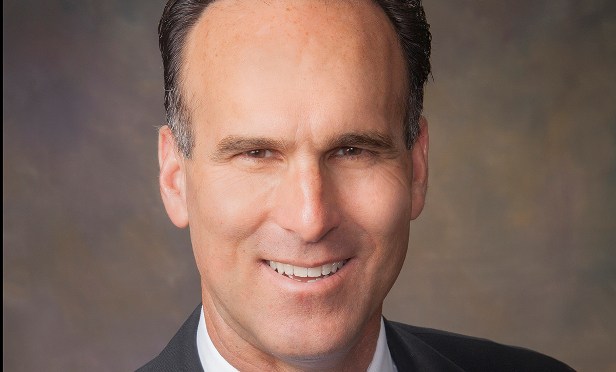
NEWPORT BEACH, CA—Reverse logistics is a rising concern as the percentage of online returns grows with the percentage of online shopping, and whoever solves this problem is a genius, CBRE senior managing director Kurt Strasmann tells GlobeSt.com. According to a recent report from the firm, as e-commerce claims an increasingly larger portion of holiday retail sales, retailers' efficiency in limiting and handling returns of merchandise bought online—which could amount to as much as $32 billion this year—will make or break the holiday season for many.
Historically, returns of store-bought merchandise have amounted to 8% of total retail sales; however, for e-commerce, that share ranges from 15% to 30%, depending on the product category. Assuming that those percentages hold true, the value of returns this season will increase by the same 13.8% that Adobe Analytics predicts for the increase in online sales this season. Adobe foresees online sales this season reaching $107.4 billion, up from approximately $93 billion last year. By extension, CBRE calculates that the projected ceiling for returns is $32 billion, up from roughly $28 billion last year, putting an ever-greater emphasis on reverse logistics!
We spoke with Strasmann about why e-commerce returns are rising and how companies are solving—or not solving—the growing problem of reverse logistics.
GlobeSt.com: Why are returns for e-commerce so much higher percentagewise than for traditional retail sales?
Strasmann: It's free returns. I don't see this problem going away until the e-commerce model changes with a different pricing model for returns. Especially on apparel, the percentage is high. When you can order three pairs of shoes or three sweaters to see which fits best and return the others at no cost, why wouldn't you? But I don't see the tiered model happening any time soon because companies are fighting for market share. I started saying this a year ago.
These returns are a big drain to these companies; they have to deal with shipping costs, re-warehousing the merchandise and reselling it. A lot of the merchandise just goes to the dumps because it's the most efficient way for companies to get rid of it. E-commerce sales returns are 13.8% versus in-store sales returns of 3% to 4% annually, and apparel and shoes are probably the most egregious in returns.
GlobeSt.com: What is causing this figure to increase?
Strasmann: It's actually increasing at a proportionate level to total e-commerce sales—the percentages are the same. If e-commerce increases 14% a year, returns will increase the same amount until something changes in the pricing model. It's a big dollar drain.
GlobeSt.com: How are companies upping their game with reverse logistics to prepare for this increasing figure?
Strasmann: They're trying to figure out what to do with the product when it comes in—how to get it out of the warehouse and sold. Whoever figures it out first will be the big winner. They need a pricing model to discourage the behavior of returns—or at least charge for them. The two-priced model—one for returns and one for no returns—will change consumers' behavior, and it will couple it with efficiency.
GlobeSt.com: Are companies prepared for the challenge that increasing reverse logistics presents to e-commerce?
Strasmann: I don't believe so. They haven't solved the problem. As e-commerce continues to increase, I don't see those reverse-logistics numbers decreasing unless the customer knows exactly what he wants and gets better at ordering the right size.
© 2025 ALM Global, LLC, All Rights Reserved. Request academic re-use from www.copyright.com. All other uses, submit a request to [email protected]. For more information visit Asset & Logo Licensing.







